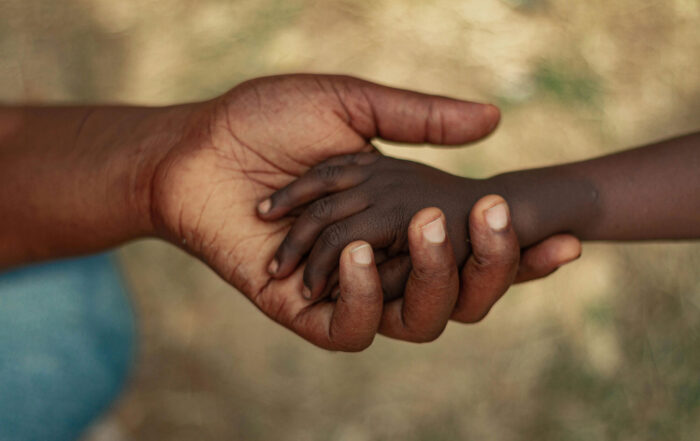
By Renée Fabian
When I color during therapy, it creates a safe space for me to express painful feelings from my past. Coloring engages a different part of my brain that allows me to process my trauma in a different way. I can even talk about the most difficult memories of my sexual abuse without panicking.
Yet there’s more to art therapy than coloring, despite what the adult coloring book trend may suggest. They’re onto something, though, as I’ve learned through my own experience. Art therapy, just like talk therapy, has enormous healing potential when done with a trained professional. In fact, for those with post-traumatic stress disorder (PTSD), working with an art therapist has been a lifesaver.
What is PTSD? PTSD is a psychiatric disorder resulting from a traumatic event. Terrifying or threatening experiences like war, abuse, or neglect leave traces that get stuck in our memories, emotions, and bodily experiences. When triggered, PTSD causes symptoms like re-experiencing the trauma, panic or anxiety, touchiness or reactivity, memory lapses, and numbness or dissociation.
“Traumatic memories typically exist in our minds and bodies in a state-specific form, meaning they hold the emotional, visual, physiological, and sensory experiences that were felt at the time of the event,” says Erica Curtis, a California-based licensed marriage and family therapist. “They’re essentially undigested memories.”
Share This Post!
The lasting impact of neglect
By Kirsten Weir The first time Nathan Fox, PhD, stepped into a Romanian orphanage, he was struck by the silence. "The most remarkable thing about the infant room was how quiet it was, [...]
Children may act out due to grief or trauma of COVID-19 pandemic, and other lessons from HIV/AIDS
By Julie B. Kaplow and Mark W. Kline No infectious disease since HIV/AIDS in the 1980s has captured the world’s attention in the way COVID-19 has. The HIV/AIDS pandemic is still with [...]
Coronavirus is giving rise to another tragic issue. Child abuse.
By Chester Street Foundation Coronavirus is giving rise to another tragic issue. Child abuse. Hospitals in Texas have reported seeing an increase in child abuse cases, which they believe is driven [...]
Breaking the Cycle of Child Abuse
By Elizabeth Hartney, PhD Child abuse is known to repeat itself from generation to generation. Although not universal, the children of people with addictions are at higher risk of all types of abuse, [...]
Four Ways Teachers Can Show They Care
By VICKI ZAKRZEWSKI If I asked you to tell me what you remembered most about your favorite teacher growing up, I bet you wouldn’t say much about the subject matter. Instead, I’d expect [...]
CDC: Childhood Trauma Tied to Poor Health
By Gaby Galvin PEOPLE WHO EXPERIENCED trauma as children are more likely to suffer severe health consequences later in life, a new federal analysis shows. Adverse childhood experiences, or ACEs, refer to potentially [...]







